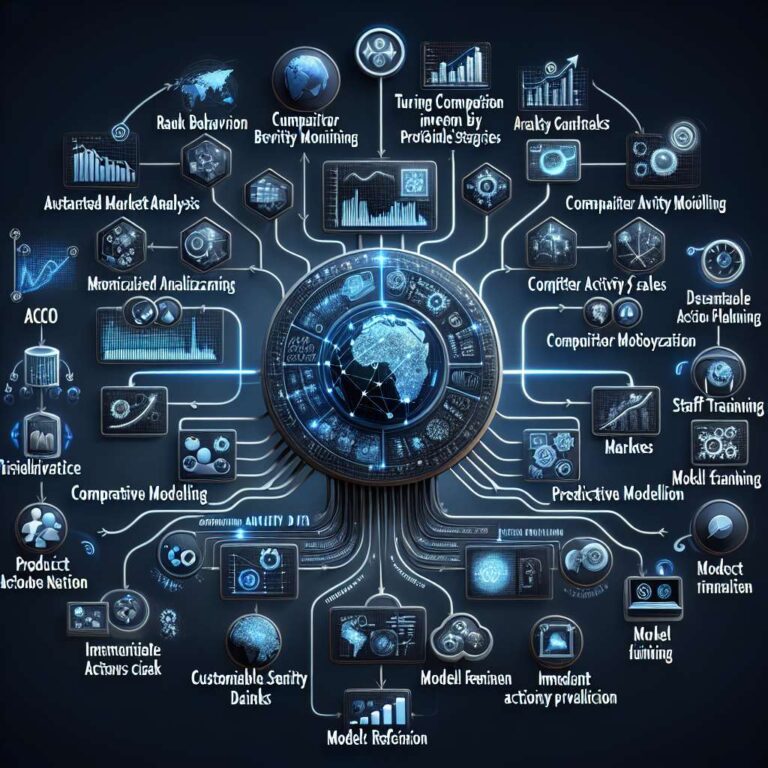Automated market analysis driven by artificial intelligence is rapidly changing how businesses approach strategic planning. By harnessing sophisticated algorithms, organizations can quickly process vast quantities of market data, including customer behaviors, industry trends, and competitor activities. This removes the burden of manual data gathering and allows business leaders to focus their energy on interpreting results and executing decisive strategies. The result is a more efficient planning cycle, with insights presented through accessible visualizations and concise reports.
Key benefits of automated market analysis include time savings, improved accuracy, instant access to real-time market intelligence, scalability across business sizes, and reduced reliance on costly, labor-intensive research methods. Artificial intelligence tools transform intricate datasets into clear, actionable intelligence. For instance, businesses can recognize shifts in consumer behavior or emerging opportunities before competitors do. These systems are built to manage continuous streams of information, adapting to changing conditions and delivering up-to-date risk assessments, predictive forecasts, and dynamic scenario modeling.
Deep integration of artificial intelligence platforms in business planning enhances every stage, from initial data collection and processing to pattern recognition and predictive modeling. Customizable dashboards and seamless integration with existing business tools ensure that insights are swiftly actionable. Furthermore, by incorporating real-time competitive intelligence and market trend analysis, businesses can maintain a dynamic and adaptive approach to strategy development. Training staff and continually refining artificial intelligence configurations are essential steps to maximize value, enabling organizations to craft effective, data-driven business plans that confidently address both present challenges and future uncertainties. As automated analysis takes the lead, companies are better positioned to innovate, mitigate risks, and sustain their competitive edge in evolving markets.

